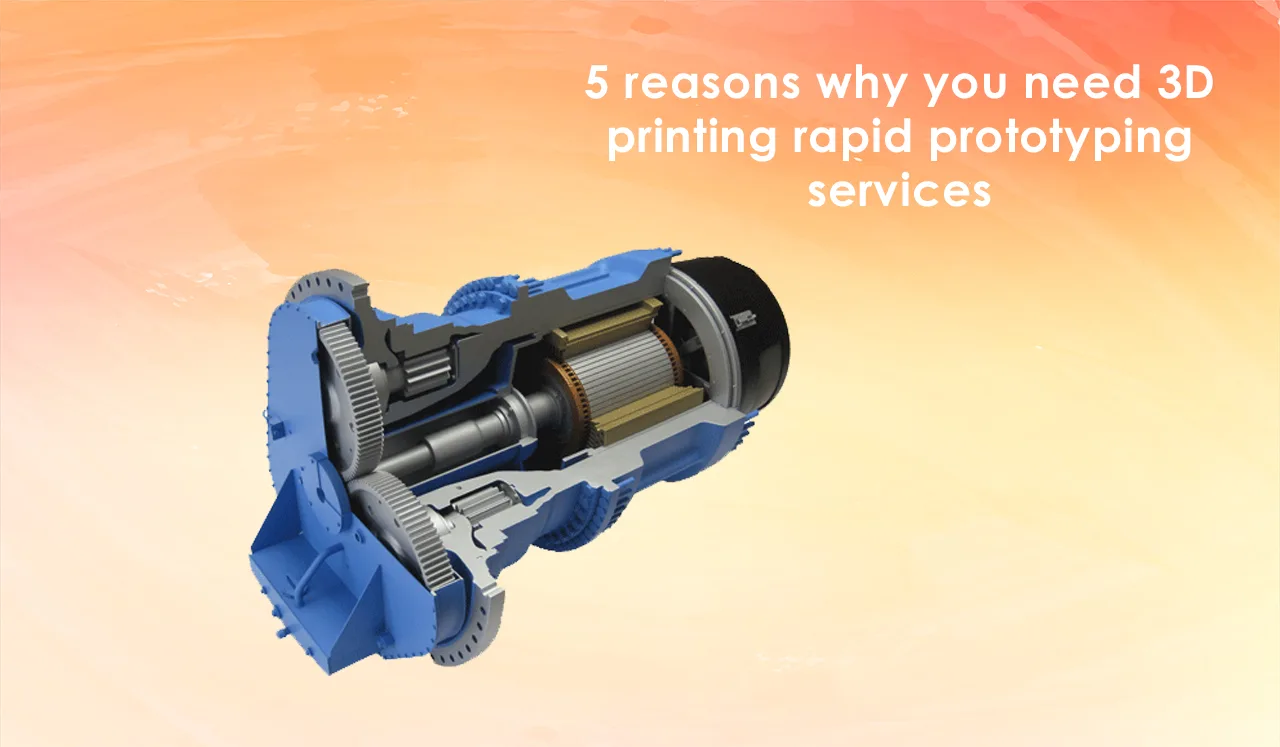Fast Delivery and Low MOQ withMoney Back Guarantee...
Fast Delivery and Low MOQ withMoney Back Guarantee...

Injection molding is frequently the best choice for producing dozens or even millions of plastic pieces. Because resource and production costs are low despite setup expenses being high, it is simple and cost-effective to produce components in large quantities. Small-scale component production is a separate matter. Making a limited quantity of parts via injection molding is rarely economically feasible due to the high cost of metal tooling. When just a few dozens or thousands of units are needed, it could be preferable to employ 3D rapid prototyping service or another low-cost manufacturing technique. But a compromise may be reached with quick tooling. Even while molds are often somewhat expensive, using fast prototyping methods like 3D printing may significantly lower their price. Then, low-volume manufacturing runs or plastic prototypes may be made without spending any money.
Rapid tooling, as the name implies, is a procedure that produces tools utilizing rapid prototyping methods like rapid 3D printing service or CNC machining. This might entail making the mold directly, which is referred to as direct quick tooling, or making a standard design from which a mould can be made. Rapid tooling is extremely helpful because it enables manufacturers like Plastic Injection Molds to produce two different types of prototypes: a mold prototype and several injection molded part prototypes utilizing that mold prototype. If the quality requirements are simple, it can also be utilized to produce small quantities of end-use components. Since it enables engineers to examine how their designs function in the real world, the capability to create prototype injection molded components may be extremely helpful to a company's research and development process. Molded prototypes are quite comparable to the final product, in contrast to 3D printing and prototyping products, which are not entirely indicative of an end-use molded item.
The capacity of quick tooling to create representative molded prototypes may be its best benefit. These prototypes may be nearly identical to or extremely comparable to the final product because they are manufactured utilizing the injection molding method. For a number of reasons, this higher degree of representation is beneficial.
The first advantage is that it enables the maker to assess how effectively the design can be executed through injection molding. Second, it enables physical testing of the molded prototypes, which provides a far clearer image of the part's performance levels after availing 3D printing rapid prototyping services.
Making a physical prototype of a molded component enables engineers to significantly enhance the design of the part while it is still in development. This is possible because the actual prototype can be tested, improved, and redone as necessary.
Since rapid prototyping 3D printing service is so expensive, it is typically only justified when utilized for large manufacturing. A conventional mold would be extremely expensive to build only for prototype, and a second one would be needed for actual production. However, rapid tooling results in up to a 95% reduction in mold costs. A business will find it considerably simpler to engage in a series of moulded samples or even a batch of finished products as a result. It might not be as inexpensive as a 3D printed prototype, but the advantages might exceed the little financial gain.
As the name indicates, fast tooling enables tool fabrication to be completed quickly because the majority of the work is done by computer. Due to the shortened lead times both for the tooling as well as the molded prototype, the procedure is practical for businesses with strict deadlines.
It is considerably easier to create routine tooling for the finished parts once 3D models for printing and prototype manufacturing has been created and put throughout its paces. When prototype uses the same procedures as production, the transition from prototyping to manufacturing goes more smoothly.
Designers and engineers benefit specifically from prototype injection mold tooling with 3D models for printing since it is a quick and affordable method to make mistakes. It is a financial and logistic nightmare to change rigid or aluminum tooling once the cast has been supplied since it is expensive and very hard to do so. Not to mention a sharply shorter timescale for product development. An incredible tool for creating perfect molds is 3D printing. It is quick, will hasten the production of the masterwork, and allows for simple adjustment. The finest standards of quality are essential when constructing a mold, and 3D printing makes it easier and more affordable to generate individual components for molds.
This article has made several references to cost and time savings, therefore it is crucial to speak directly to them. Tools for Injection Molding that are made from 3D printing prototype service are ideal for producing prototypes or final products in small quantities. It's crucial to understand what low volume actually means and how it applies to your specific product for any application.

